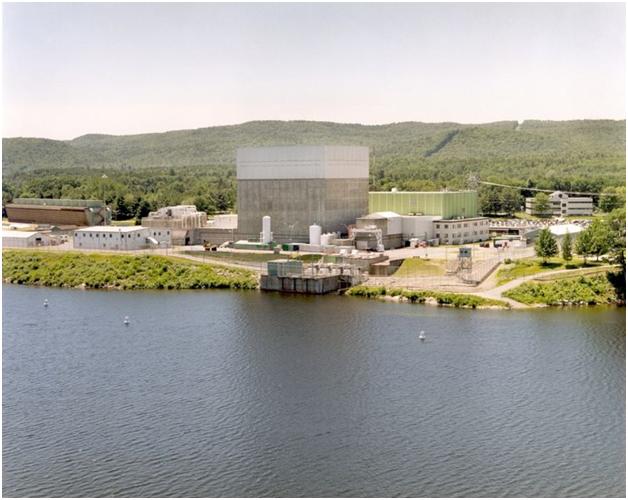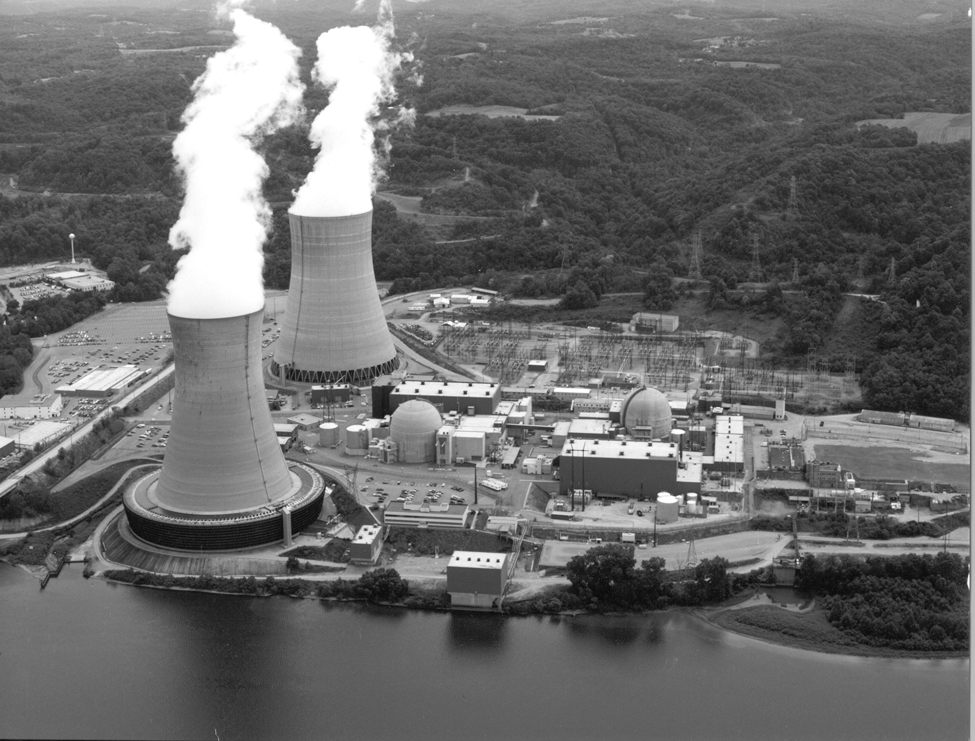My last three posts have dealt with the Nuclear Proliferation Prevention Project report on U.S. nuclear plant security and critical reactions to it. This post contains some of my thoughts on the report and nuclear plant security in the U.S.
One of the problems with nuclear plant security involves the state of alertness of those providing security at nuclear plants. It is just not possible for human beings to maintain a state of hyper-vigilance for long periods of time. Recent reports of the failure of U.S. forces manning missile silos to carry out correct procedures suggest that over time, nuclear plant security could become lax.
There are numerous reports of poor training, poor management and failure to follow safety protocols at U.S. Nuclear plants. Are we supposed to believe that nuclear plant security is immune to these staff problems? After all, these nuclear facilities are, for the most part, owned by corporations or utilities whose first priority is to raise profits and lower costs. Plant security is just another overhead cost to many of these owners.
We are constantly reassured that government agencies are confident that nuclear plant security is adequate but government agencies such as the Nuclear Regulatory Commission have been aware of situations where nuclear power plants have not adhered to government regulation and have let the situation slide or merely issued mild rebukes. How can we be so sure that the U.S. government will maintain proper vigilance over security measures at nuclear power plants?
The United States does not have the resources to protect every nuclear power plant against any possible attack. This is a sad but simple truth. Therefore, we choose the most vulnerable plants for the best protection that we think we can afford. As far as protection related to other critical infrastructure, there were attempts to improve security after 911 at chemical storage facilities that could also threaten millions of people if they were breached and the chemical industry lobbyists soon put a stop to those plans. I would not want to use the lack of security at such facilities as a point of comparison for nuclear plant security.
There is no doubt in my mind that a well-armed and well-trained force could seize control of a U.S. nuclear power plant regardless of the security that is now in place. Mortars, 50-caliber machine guns, shoulder-fired missiles, rocket propelled grenades, grenade launchers, armed drones and other heavy weapons could cut through nuclear plant security like a hot knife through butter. Once in control of a plant, terrorists could breach the containment vessel, institute a meltdown, and/or drain the spent fuel rod pool. Such action could release vast amounts of radiation. Considering how many nuclear plants are in heavily populated areas, millions of people could be under threat.
Perhaps nuclear power plants are not so attractive to terrorists because the radiation that would spread out is invisible and the damage to lives can take years if the exposure does not kill immediately. Terrorists tend to prefer spectacular attacks where a lot of people are killed and maimed immediately, like the recent bombing of the Boston marathon. We can only be thankful that no terrorist group has yet had the weapons and the will to seize one of our nuclear plants.


